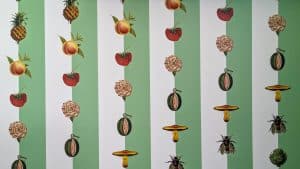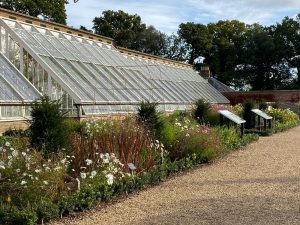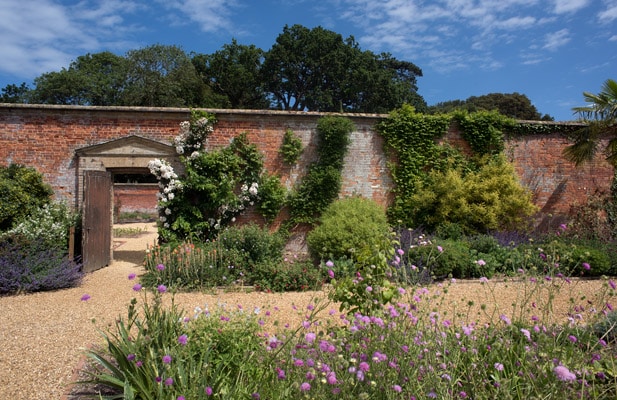
History of the Walled Garden
August 14, 2019 | Garden goss | 5 minute read

For as long as there have been gardeners, there have been ideas on how best to protect crops from the elements and pests of the Peter Rabbit variety. As ideas about gardens began to flourish, especially in the seventeenth century, it became customary to separate the productive kitchen garden from the decorative ornamental garden. The Walled Garden is a practical garden, and is so-named because it is a cultivated patch of land sheltered by a brick or stone wall. Inside the walls, fruit, vegetables, plants, trees and flowers grow to feed and decorate the estate. The taller and thicker the wall, the more impressive and productive the garden, as more expense is involved.
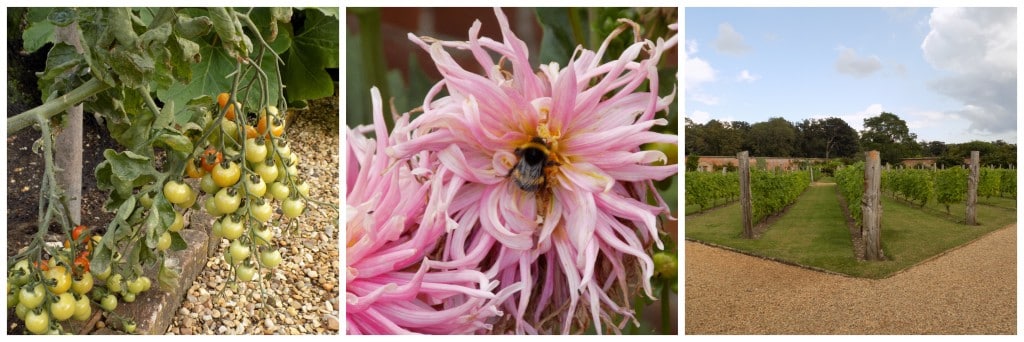
The brick walls create a microclimate for the growing fruit and vegetables inside. Though only a few degrees warmer, it means that fruit can ripen earlier and flowers can bloom for longer. The more sophisticated Walled Gardens have an in-built heating system; a ‘hot wall’ is created when a coal furnace is embedded in the bricks, heating up the microclimate and having a stronger control over plant manipulation. Both the inside and the outside of the walls were used for this purpose.
Walled Gardens are very different to decorative gardens. Highly practical, they are typically situated away from the House, so they do not ruin the view, but not too far away that they cannot easily supply the kitchen. The Walled Garden at Holkham is located a quarter of a mile away from the Hall, and is surrounded by a tree belt, so it doesn’t detract from the landscape. The circular belt is also good in providing an extra barrier against wind and frost. Being hidden from view, however, did not mean that they were not enjoyed by visitors. This is all apparent in the details; the entrance gate to the Garden was bought from Venice in 1908.
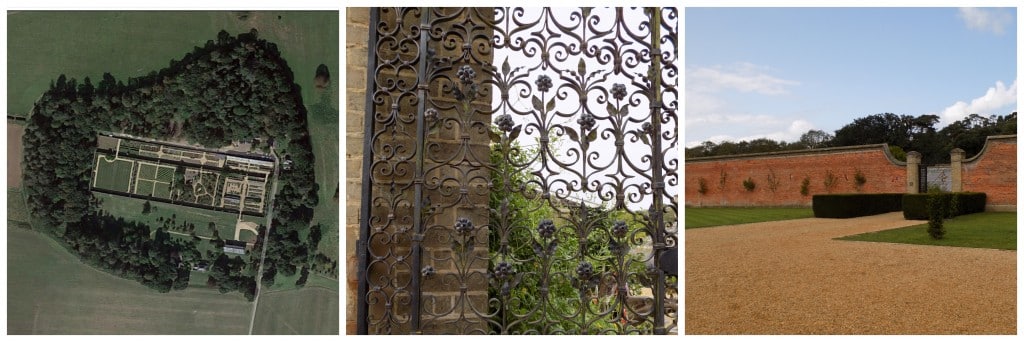
Glasshouses became common at the end of the eighteenth century. However, by the end of the nineteenth century different types of glasshouses were manufactured for more specific purposes; for peaches, cucumbers, pineapples, and a whole host of different fruits. Vineries, for example, were designed with low arches in the brick base to the outside, so that the plant can take root in the ground and spread out, while growing in the warmer conditions of the greenhouse. At Holkham, the large greenhouses on the North Wall were built for the 2nd Earl of Leicester in 1872 by Henry Ormson. They included a peach house, a Muscat house, a fig house and such vineries. The production levels were so high here that leftover fruit not going to the hall were sent down to London for evening fruit markets.
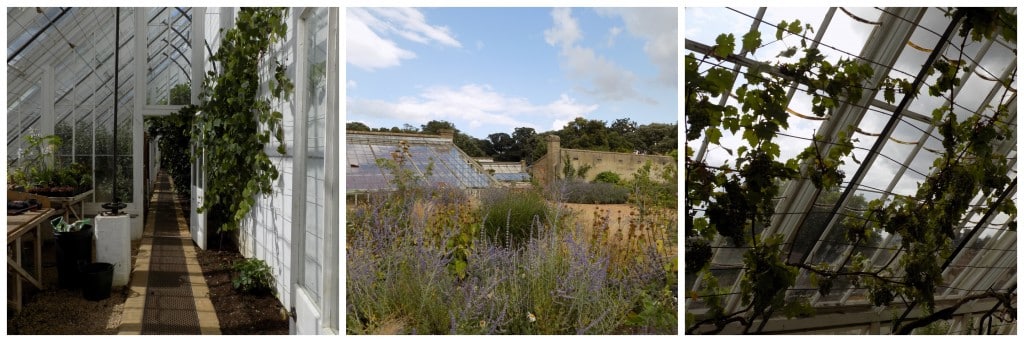
Holkham’s Walled Garden was laid out by Samuel Wyatt in the late 1700s. Wyatt was an engineer and architect, and took his inspiration from classical Greek and Italian style buildings. This is called Neoclassicism. At Holkham, Wyatt also designed a few tenanted working farms and designed the Great Barn. As you can see form the aerial view of the Walled Garden, the six acres are split into six sections, or ‘rooms’. Rooms tend to be different sizes to create a variety of different microclimates, and also to ease harvesting when the time comes. Holkham’s rooms are as follows: the Working Garden, the Arena of plants, the Vineyard, the Orchard, the Kitchen Garden and the Cut Flower Room.
The Walled Garden became a popular place to visit when it got chilly outside. The Arena of Plants is specifically designed to showcase unusual plants, flowers and trees, and is to be enjoyed while walking on the serpentine paths. Meandering paths are considered to be a relaxing motion for walkers at the time.
With the scientific development of Walled Gardens, the role of Head Gardener expanded and became one of the most important roles on the estate. Gardens were an area of pride, demonstrating perfect manipulation of the elements and showing a productive estate.
Walled Kitchen Gardens took a lot of time and effort to cultivate and nurture. Across the country, many Walled Gardens became costly to run and fell in to a derelict state in the twentieth century. Holkham’s Walled Garden is currently undergoing some TLC where we are attempting to return it to its former glorious state.
View all latest blog posts here.
